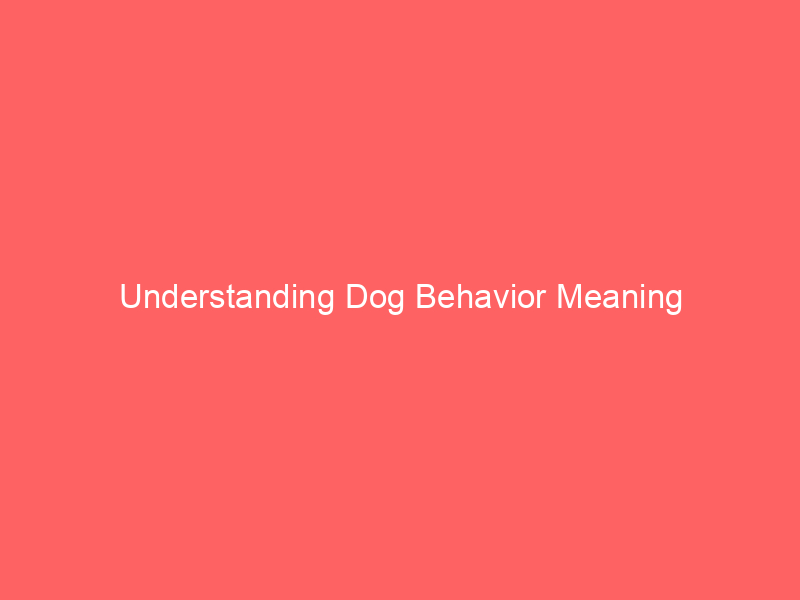Dogs communicate needs, happiness, and fear through body language; learning these signals makes reading what your pet is trying to tell you easier.
Tail wagging is often misunderstood as a behavior in dogs, with many people incorrectly believing it indicates happiness for the dog. In reality, however, tail wagging may indicate excitement, frustration or even aggression – the key to understanding tail wagging lies in understanding its speed, direction and angle of wags.
Eye blinking is another signal that easily communicates how a dog feels; fast blinks could mean they are excited, curious or playful while slower ones might signify anxiety or nervousness.
Raised paws may signify different things to different dogs; typically it indicates interest in an object such as a stick, toy or anything they may have found lying on the ground. On the other hand, lowered paws typically signify submission or desire to lay down.
How a dog holds their ears can reveal valuable insight into their mood or intent. A dog with flattened ears close to its head typically indicates defensive or aggressive feelings and is typically accompanied by other aggressive body language cues such as holding its tail up high or barking loudly.
When dogs’ ears are out and forward, it indicates a playful or curious attitude – possibly due to excitement at playing fetch or hearing or smelling something that intrigues them. If their ears remain erect instead, this could signal protective or territorial behavior and it is best to leave them alone so as to prevent potential confrontation.
Crouching or cowering postures are commonly misinterpreted as signs of aggression; in reality, they indicate the dog feels threatened or stressed out. This could be caused by someone approaching too closely or from punishment in the past; such behaviors should be avoided as they can lead to bites and attacks from your pup.
If a dog sniffs the air without barking or growling, they could be searching for prey animals or potentially dangerous creatures that they need to track down and make prey of themselves. Dogs also sniff other dogs to see if they’re friendly. When sniffing people they might be seeking friends or trying to establish dominance.
If a previously house trained dog begins urinating in the home suddenly, this could be a telltale sign of anxiety or stress and should be evaluated by a veterinary behaviorist. Avoid trying to correct it by punishing your pet as this may backfire and increase anxiety levels further; rather try behavioral modification and counter conditioning techniques to teach them to deal with these triggers more efficiently.



